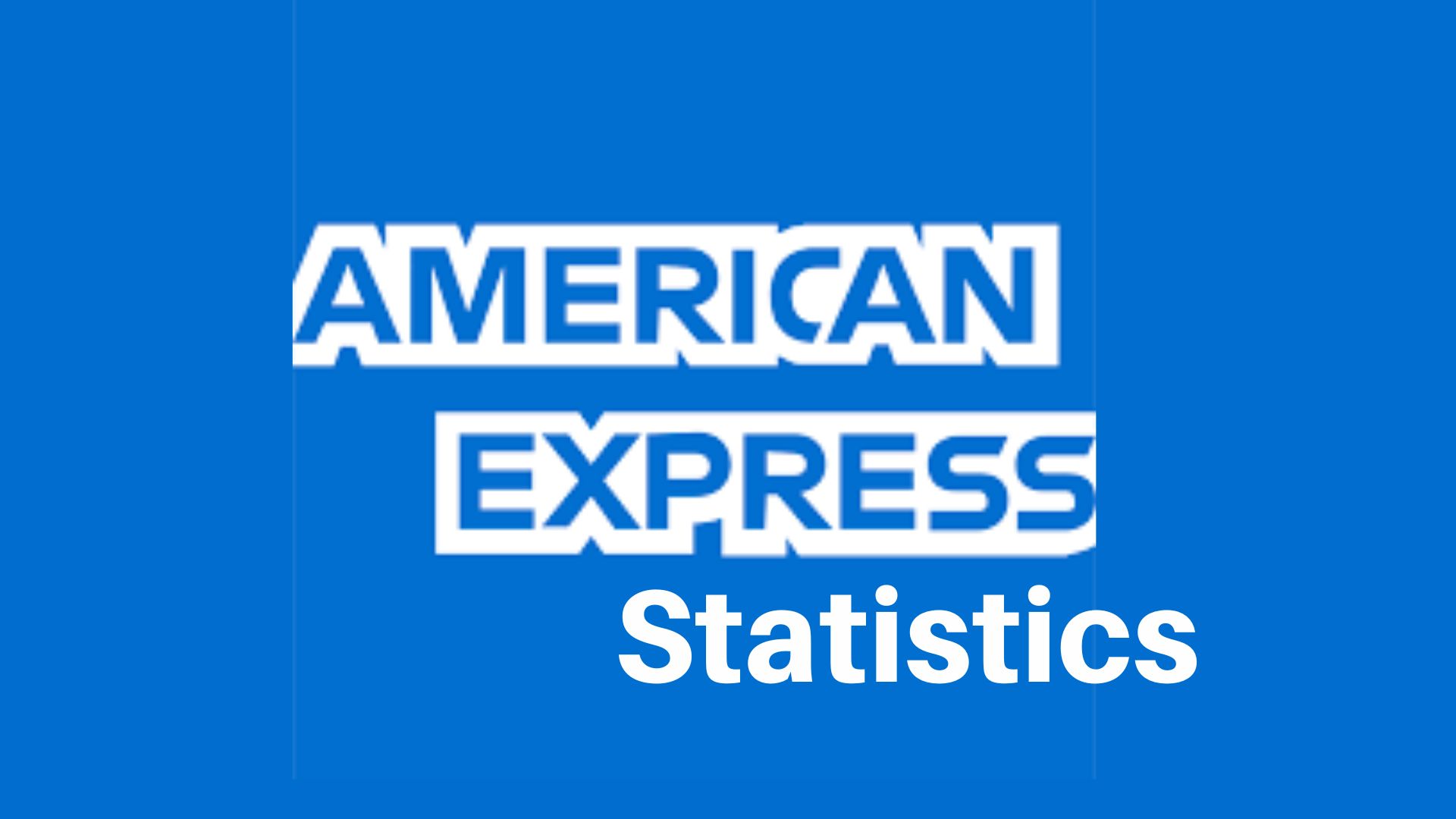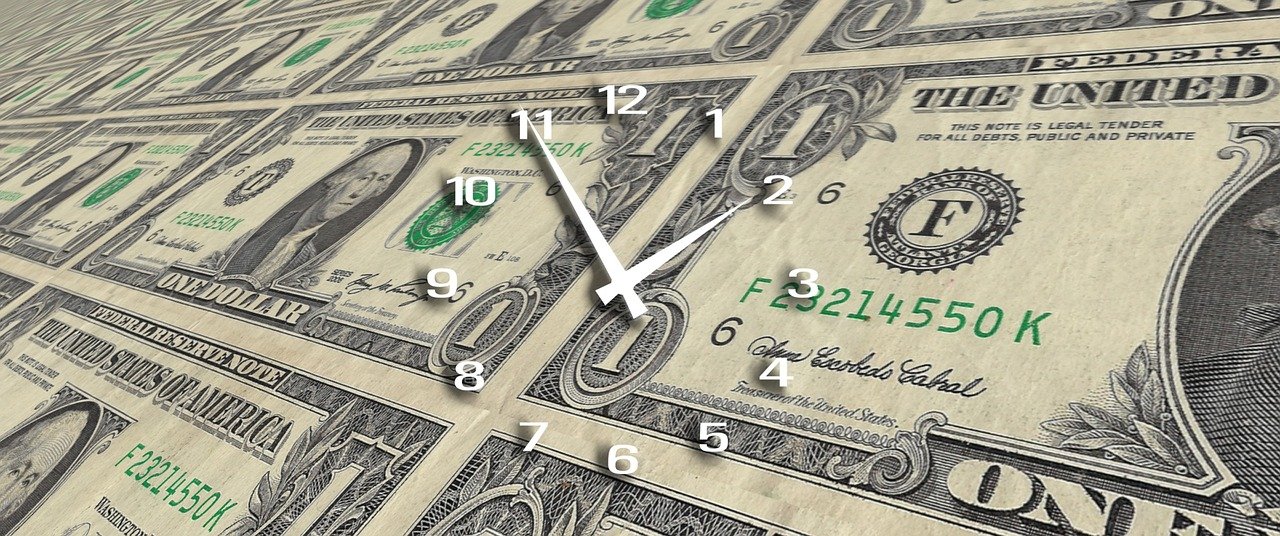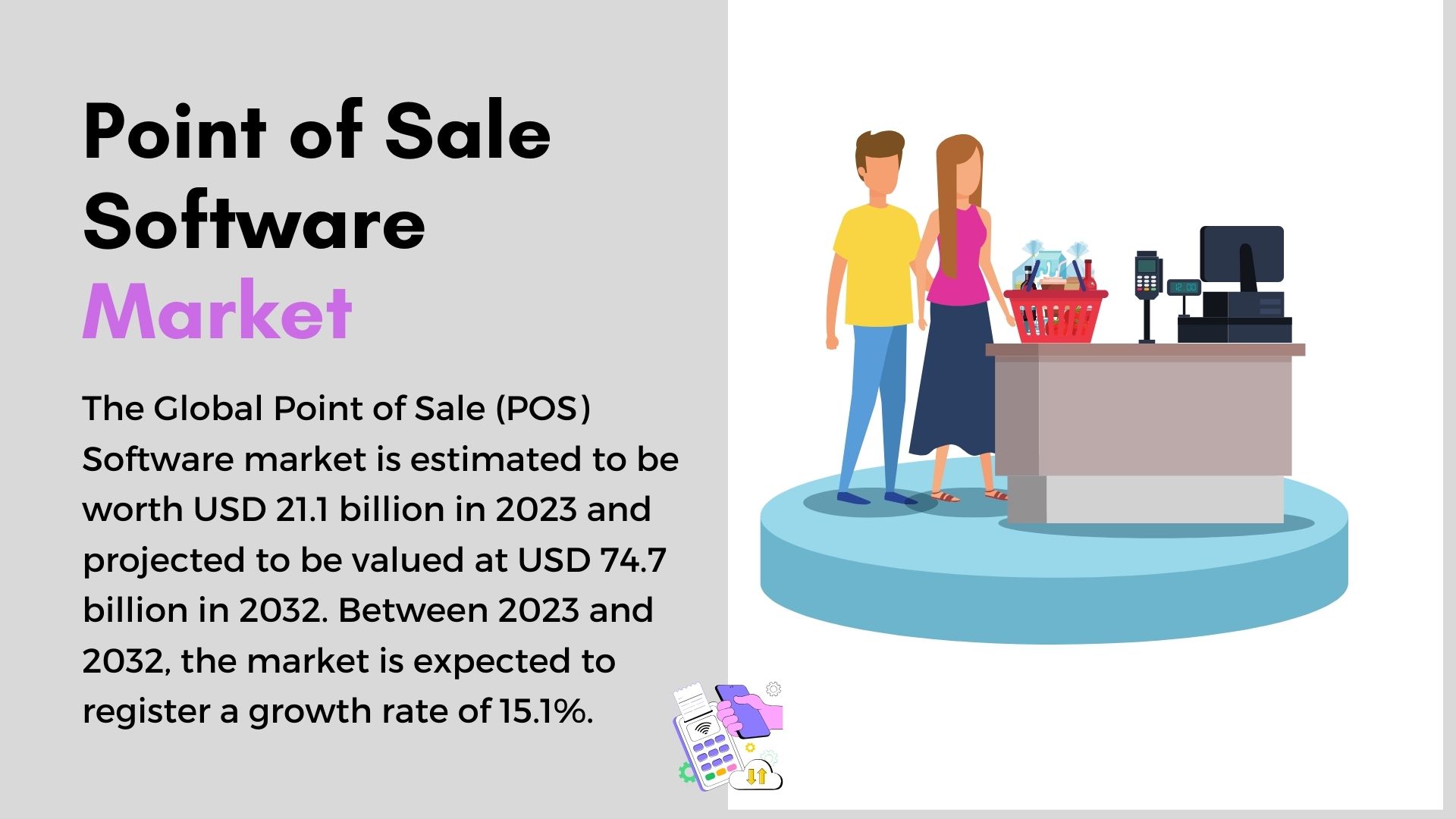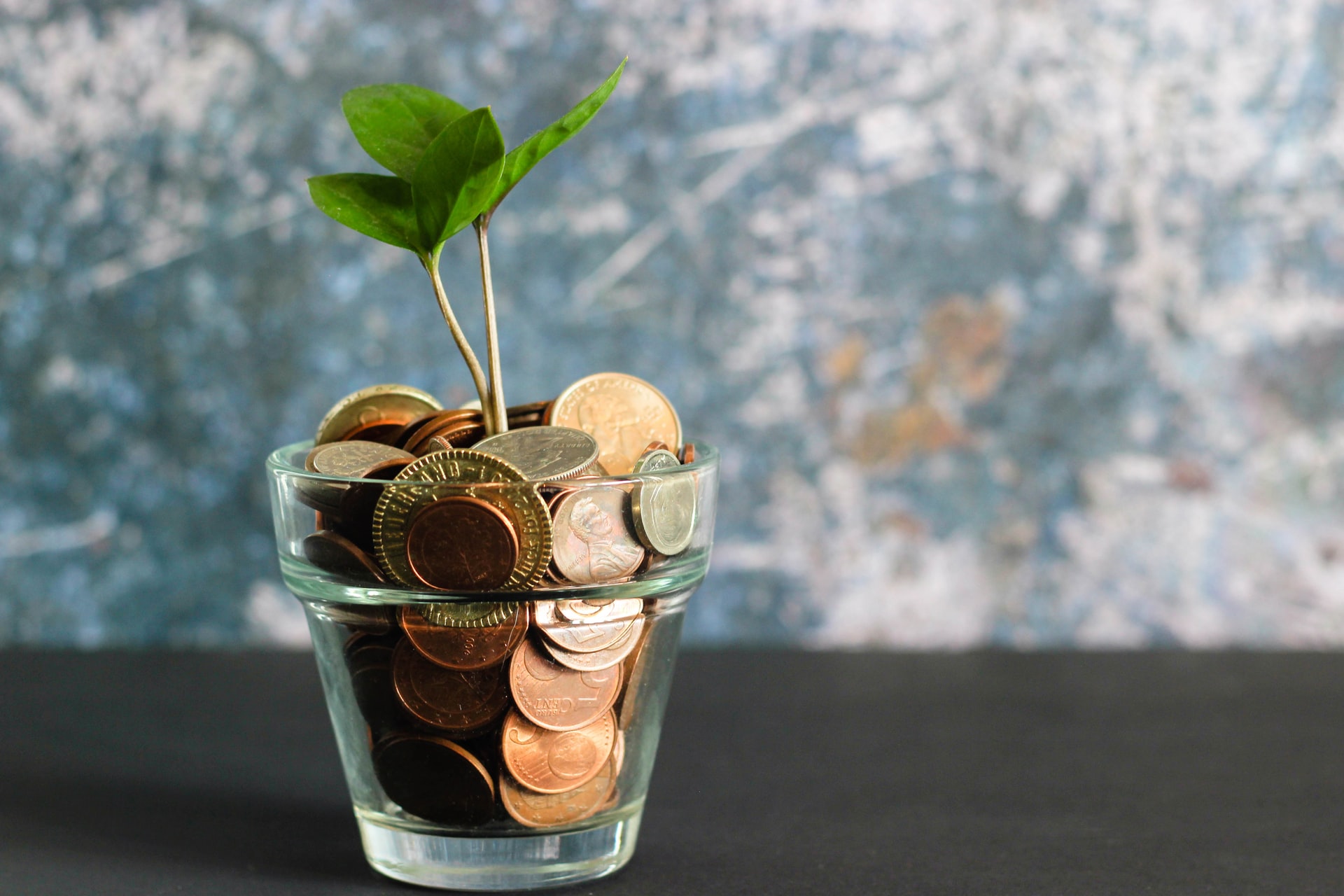Blockchain has become a buzzword for all things technology in the past decade. You might have come across at least a couple of ideas on how the blockchain and crypto infrastructure can innovate almost every industry out there. But where does blockchain stand in 2024? Here are some 2024 statistics about the past, present, and future of blockchain.
This will give you some insights about what you can expect from blockchain and related tech.
Some Essential Blockchain Statistics 2024
Here are some interesting numbers about blockchain in general.
- Blockchain technology is capable of enhancing the digital infrastructure for most industries, reducing the investment requirements by a long shot. Investment banks can expect to reduce their investment by up to 30%.
- Following the success of blockchain, many central banks across the world have considered launching or have launched digital currencies. Blockchain has also popularized the use of mobile digital wallets.
- It was projected earlier that blockchain solutions would attract a total spending of $19 million by the end of 2024, but the numbers need to be reviewed in Q4.
- Blockchain is now expected to generate total revenue of $94 billion by the end of 2027, putting the CAGR at 66.2%. By the end of 2030, blockchain would have contributed to a business value of $3.1 trillion.

- Blockchain has not become as popular in the rest of the world as it has in North America. However, the adoption rate is expected to rise in the coming five years.
- By half of 2022, the size of the Bitcoin blockchain had reached 406GB. At the same time, 83 million blockchain wallets were active, and the numbers have only increased in the past two years.
- Manufacturing companies have already implemented or are developing solutions that make use of blockchain technology, especially in the domain of logistics and product tracking.
- The projected CAGR of the NFT market is 18.55% between 2023 and 2027. It also means NFTs are to stay in the industry.
- Supply chain management is a sector that can benefit the most from blockchain since blockchain can convert the entire tracking process into something seamless.
- Blockchain is expected to become the norm for asset management, including but not limited to the case of NFTs.
Now, we shall jump into some separate sections, such as market growth, adoption rates, security, etc.
Blockchain Market Statistics for 2024
- We already told you that the blockchain market will have a projected value of $94 billion by 2027. This number becomes more significant when you consider the fact that the market was only worth $4 billion two years prior.
- By the end of 2024, the global spending on blockchain solutions will become $19 billion, which will be contributed by multiple markets. 6 out of 10 Chief Information Officers of businesses across the globe are thinking of integrating blockchain into their digital infrastructure.

- For 57% of the industry, setting up blockchain, especially in the security sector, is a priority in their goal for digital transformation.
- The financial sector remains one of the more significant markets for blockchain and contributes 30% of the total spending within the system.
- 76% of financial executives believe that digital assets will take the market by storm in the coming 5-10 years.
- Healthcare is another market that would contribute to the growth of blockchain. The blockchain market within the healthcare sector has a projected value of $19 billion by the end of 2028. In this sector alone, the CAGR of the growth will be 61.3%.
- It is expected that by 2025, the healthcare sector will be spending more than $61 billion in total.
- Adding value to the market is the decision by governments and public sector companies, where 90% are interested in making use of blockchain technology.
- Even though North America remains the most significant contributor to the blockchain market, better adoption is being witnessed in the Asia-Pacific region as well.
- In particular, countries like China and Japan are actively ruminating about the possibilities of using the power of blockchain in private, public, and hybrid market sectors.
Market Adoption Stats of Blockchain in 2024
You might think that the golden days of blockchain are over. However, the current trends of market adoption tell a different story.
- As far as the general adoption of blockchain is concerned, 60% of CIOs across the sectors believe that they have to integrate blockchain technology into their digital infrastructure by the end of 2024.
- For 53% of the same community of C-level executives, blockchain has become a crucial element of the digital infrastructure that is capable of making better use of resources and providing flexibility.
- When it comes to the financial services sector, the number goes to a higher 76% when we consider the number of financial executives who have better confidence in the future of digital assets.
- More importantly, 96% of financial services believe that blockchain will receive better mainstream support in the years to come.

- The real-time capabilities that blockchain technology offers are one of the reasons for its success in the supply chain and logistics sector.
- The food and agriculture sector is also looking forward to investing a higher amount in the blockchain. It has been estimated that blockchain adoption in the food and agriculture sector will be worth $1.48 billion by the end of 2026.
- Among the many instances where blockchain is hailed as a game-changer, its ability to turn elections into a more transparent affair has received better exposure in the last decade. Multiple projects are considering these opportunities across the world.
- While the inclinations towards cryptocurrency vary, 90% of governments across the world endorse the adoption of blockchain technology, especially in the abovementioned sectors.
- Web3 startups were the ones to receive most of blockchain funding in Q2 2022, and the numbers in the later years have also shown the same trend.
- Some of the top central banks across the world are considering an investment of up to $50 billion in blockchain systems, especially for digital cash settlement.
- 4 out of 10 executives from the healthcare sector believe that blockchain systems should be set up on a priority basis.
- As a 2021 survey revealed, 45% of businesses across the world are thinking of using blockchain in the security sector, especially for encrypting and streamlining secure information.
- The emerging market of the Internet of Things is also leveraging the power of blockchain. The blockchain IoT market has been projected to create a revenue of $5.8 billion by the end of 2026. This refers to a CAGR of 91.5%.

- Decentralized social media platforms also meditate on the mainstream-level use of blockchain. This argument is based on blockchain’s ability to provide better authorship for user-made content.
- Blockchain-as-a-service ventures can boost the market adoption rates of blockchain in the coming years since companies do not have to invest in dedicated hardware to benefit from blockchain.
Technology Applications on Blockchain Stats in 2024
Have you wondered what all these companies are using blockchain for? Well, these numbers can tell you a lot about the future of blockchain.
- China, the United States, and Japan are responsible for 46%, 24%, and 8% of blockchain patent applications across the globe, respectively. These three countries expect the proliferation of blockchain in different sectors.

- Many reports have indicated the increasing adoption of blockchain in China. However, the official statements from many companies have not confirmed this point. Instead, half of the companies in China have not publicly endorsed blockchain.
- One of the goals of blockchain technology in 2024 is to become more eco-friendly. In the past, it has been critiqued for using up non-renewable energy sources and exploiting specific locations to serve global needs.
- Three technology applications currently benefit the most from blockchain adoption: digital currency exchanges, information access, and data reconciliation. In addition to these top three, blockchain apps are being used for identity, payment, and tracking management.
- A survey among the executives in the business sector has revealed that they intend to spend close to $5 million on blockchain infrastructure during the following year.
- Blockchain technology is also praised as a job-creating opportunity, as numbers predict that it will lead to the creation of 40 million jobs by the end of 2030.
- Multiple big players in the tech industry are spending substantial resources on setting up blockchain solutions or attaching some solutions to conventional offerings. JPMorgan Chase and Google are two names you would recognize.
- Smart contracts are another popular application of blockchain technology, and it can impact the way people use technology for legal discourses.
- The tracking and analysis options from blockchain technology make it a great choice to avoid issues like money laundering and many other problems that can be solved with better transparency.
- Multiple security systems present in blockchain, especially the deep computing model, have been one reason for driving these application developments.
Stats on Security and Confidence in Blockchain
Not all businesses are equally confident about blockchain, especially concerning its security.
- A survey among global senior executives across businesses revealed that 87% of the community is confident about the use of blockchain in increasing productivity and integration within the business sector.
- 86% in the same community think that the use of blockchain will allow them to open new options for business and create better revenue streams.
- However, only 83% of the surveyed people said that they are very confident about using blockchain technology to streamline financial reporting and transparency.

- The integration of blockchain technology has helped many investment banks to reduce the infrastructure requirement by 70%. It offers savings in terms of operations and maintenance as well.
- It must be noted that, while better than conventional systems, blockchains are not free from security threats. On the contrary, multiple attacks have affected cryptocurrency assets and other resources in the past decade.
- Decentralized Finance applications are also frequently the victims of blockchain-based attacks. There was a recent report where the Li.fi protocol was affecting and draining assets worth up to $10 million.
- While centralized security options are in place, blockchain security requires better end-point security options, especially for those who need better control.
- Since there is no central government body for blockchain, decisions regarding the use of the tech in sensitive sectors are a concern. There should positively be better options to keep track of private and public keys.
- Yet, the number of countries involved in the creation of digital money doubled between 2017 and 2023. As of 2023, over 111 countries are engaged in a central bank digital currency.
- As of 2024, the size of the Bitcoin blockchain is 562.85GB. This alone is a testament to the increasing power of blockchain across the world.
Conclusion
These statistics on blockchain technology make a few things clear. First, despite concerns regarding security and feasibility, blockchain is being seen as a goldmine. While only a few sectors are actively developing blockchain solutions, this trend will soon change.
Better options will emerge as Blockchain-as-a-Service (BaaS) providers expand globally.
This development must be viewed alongside the increasing popularity of cryptocurrencies, which have significantly changed the way people think about money. However, it’s essential to find a balance between the decentralized nature of blockchain and the critical need for fundamental governance.
ABOUT AUTHOR

Kundan Goyal possesses a wealth of experience in Digital Marketing, offering valuable insights to businesses of all sizes. He actively contributes to industry-specific PR, news outlets, and forums, shaping discussions and driving forward-thinking strategies. Outside of work, HE enjoys carrom and has a deep passion for news editing and research. His strength lies in helping companies make informed, strategic decisions and predicting future trends. With his dedication and innovative approach, he is a versatile professional who brings a unique blend of skills and expertise to the ever-evolving digital landscape, enabling businesses to thrive in this dynamic environment.









